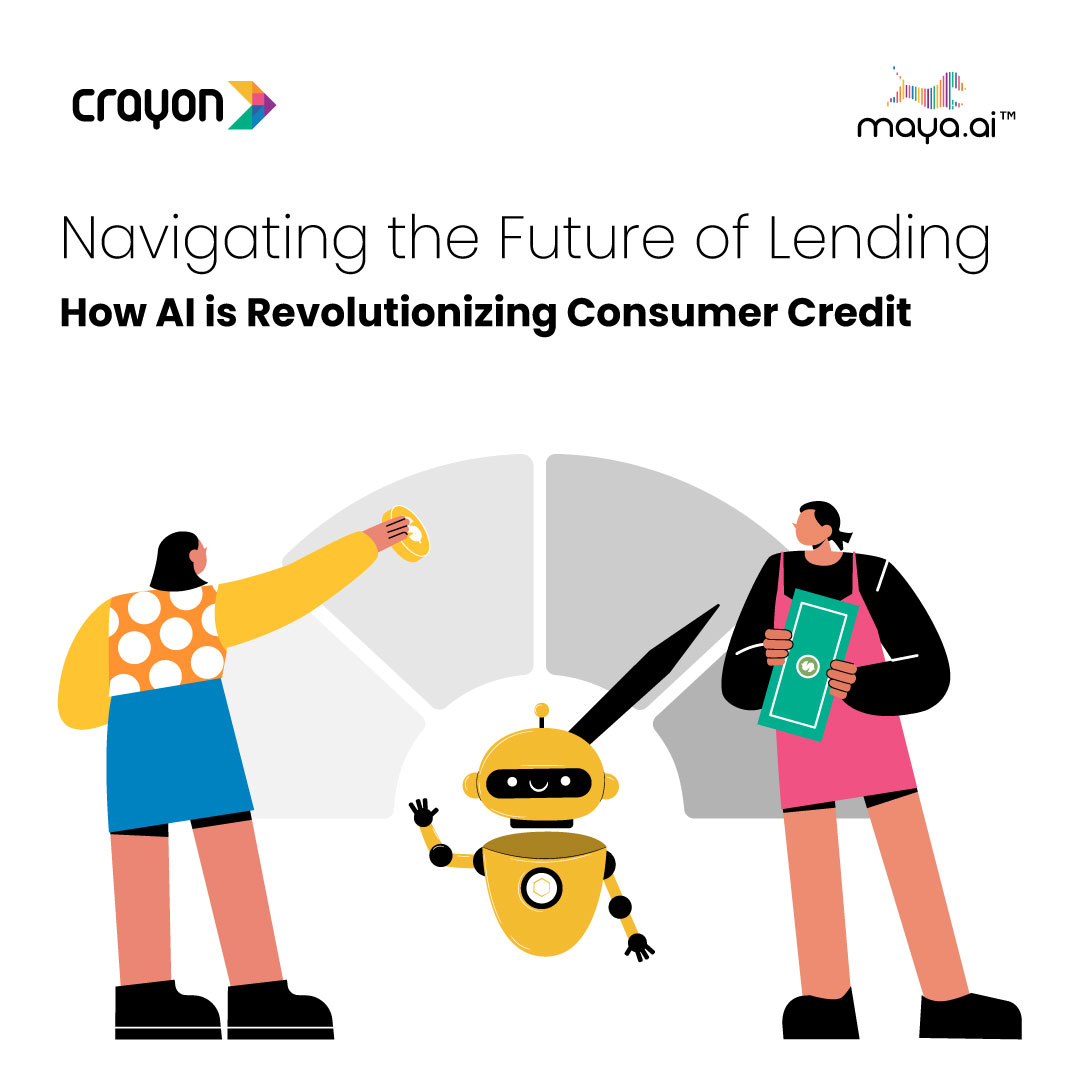We all know the what 2D and 3D are. And depending on your industry, you might be familiar with 4D as well. So it might surprise you that in the AEC software world, we’re already talking about 7D.
What is 7D?
7D is a concept being talked about in relation to BIM modelling. Essentially, it enables a BIM model to store a vast amount of data about a building – crucially, estimates of its total project OPEX cost.
This is exciting because it enables architects and designers to think about the total lifetime cost of a building during the planning phase, allowing them to make design choices that reduce those costs. The opportunity is significant; it’s been estimated that 80% of a building’s operating, maintenance and replacement costs can be influenced in the first 20% of the design process.
7D BIM – just as its predecessors, 3D, 4D, 5D and 6D BIM – requires a close intergration of a range of different technologies in order to be effective, including space management software, design software, and as-built software.
The first step is to capture accurate as-built information, and use that to create a highly accurate BIM model. Then additional layers of data can be added to that model; different materials can be attributed to objects such as doors, ducts and walls, each containing data on their projected life and TCO costs.
Once the building is completed and operational, the hope is that sensors all over the building will feed back information to the BIM model in real time that improves the accuracy of those TCO projections. For instance, if window handles are exposed to more rain and wind than anticipated, the model can account for them needing to be replaced sooner.
There are still hurdles to overcome – industry experts have cited a challenge around the sharing of accurate data in common formats – but the concept of 7D shows great promise. In this post, we want to highlight the cruicality of as-built software to the 7D process.
As-built software – the foundation for 7D
All the discussion around 7D BIM agrees on one thing – the accuracy of the data that’s put into the model will define how successful it is. And the most fundamental data that goes into the model is the point cloud of the building itself.
The technology to generate point clouds is certainly not new – and neither is the challenge of dealing with those point clouds. What is new is that 7D may exacerbate the challenges posed by point clouds. This is because, to get the very best 7D BIM model, you’ll need to scan your building to a very high level of fidelity.
Every bit of data you can capture about your building will need to be recorded and included in your model – meaning that you may be dealing with point clouds even larger than those you are used to (and those will often be hundreds of gigabytes for large sites).
This will also compound the challenge of classifying elements within that point cloud. A 7D BIM model needs every surface, pipe, duct and wire to be correctly identified and tagged in order to provide accurate projections and realies the benefits 7D promises. But classifying objects in a point cloud is still a mostly manual process, one that is time-consuming and error-prone. With point clouds becoming larger and more detailed to accommodate the level of fidelity necessary for 7D, the challenge of classifying objects grows larger too.
Find tools that help with the heavy lifting
It’s imperative that firms invest in AEC software that helps them solve the challenges we’ve outlined, if they hope to create successful 7D BIM models. One option is to look at solutions that automatically classify objects in a point cloud and turn that cloud into a far smaller mesh model. This would remove the challenge of dealing with mammoth files, and reduce the workload of classifying elements to double-checking the automated process has worked correctly – or eliminating manual classification altogether.
Even better, if firms can find software that is able to produce files that work with a variety of different programmes, then they may be able to help ameliorate the challenge of ensuring data compatibility when building a 7D BIM model, too.
A bright future
We should be clear that 7D BIM is still in its infancy, with one pilot project in the works. But we are excited at the potential it has to transform the value the construction supply chain can deliver. On top of reducing OPEX costs, 7D BIM could help reduce the waste produced from construction and demolition, currently estimated to account for 25% of all waste in the UK. And in a market where digitisation and the need to stay competitive are currently paramount, 7D BIM could present firms with a crucial opportunity to get ahead of the competition and secure their future.




